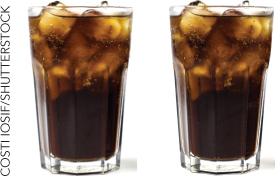Sources of Product Differentiation


Products can be differentiated along any dimension that people care about, such as taste, style, features, or location.
Taste is one obvious source of product differentiation. McDonald’s, Burger King, and Wendy’s all sell hamburgers but most people have a favorite among the three. Coca-Cola, Pepsi, and RC all produce cola but if Coca-Cola raised its prices by 5 cents it wouldn’t lose all of its customers. Style is also a source of product differentiation. Levi’s, 7 For All Mankind, and American Eagle all produce denim jeans but some people do not regard these products as close substitutes. Apple, Motorola, and Samsung all produce cell phones with different styles and also a range of slightly different features, and most people are not indifferent to all the choices. Even when consumers are indifferent about the brand, such as Shell vs. Chevron gasoline, they might prefer one gasoline station simply because it is closer or more convenient.
You might also have noticed one other feature about differentiated products—they are often highly advertised. Firms want consumers to perceive their products as different and better because that increases their market power. Advertising, therefore, isn’t just about informing consumers about price and availability. It can also be used to encourage and increase perceptions of product differentiation. We will say much more about advertising later in this chapter.